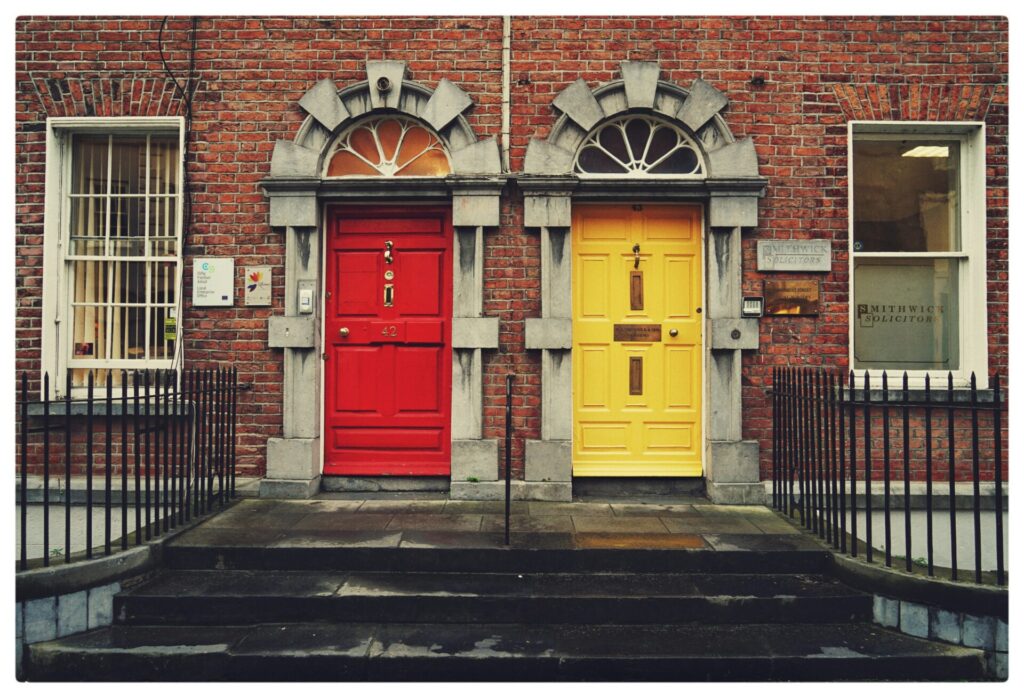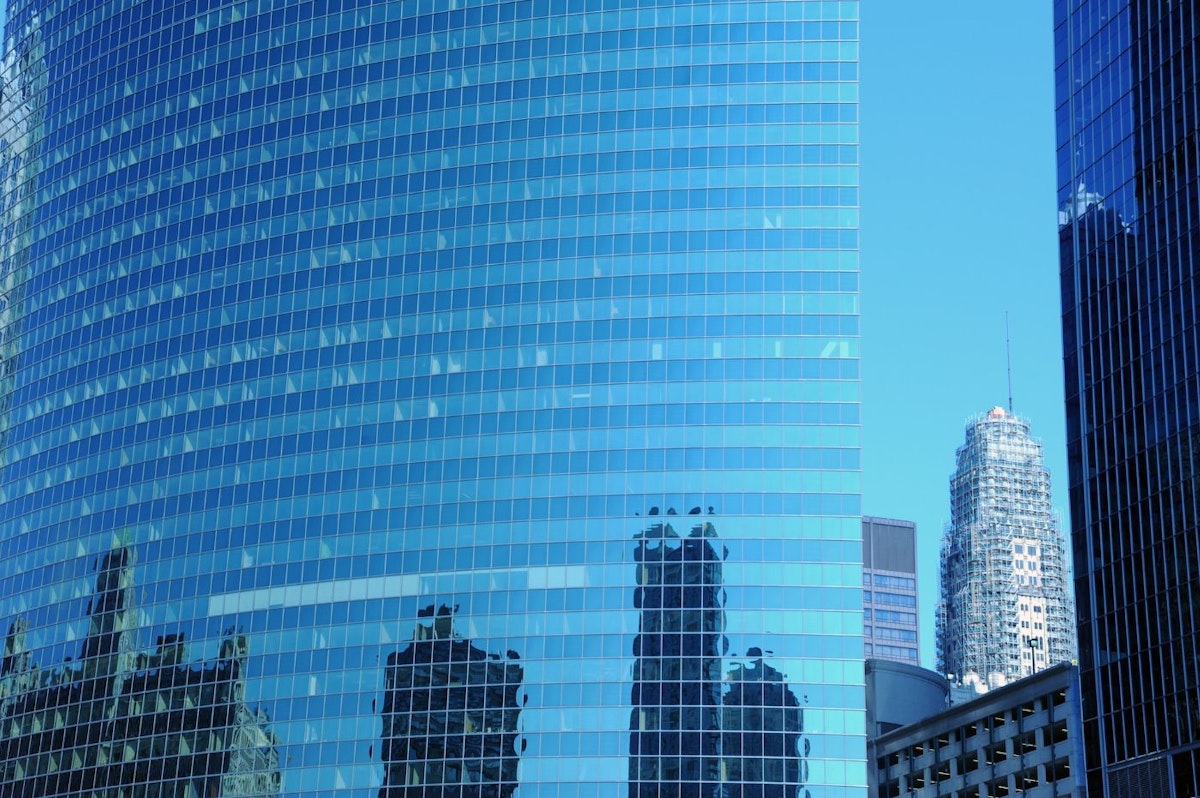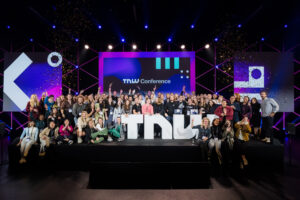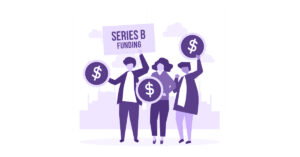
In the ever-changing IT industry landscape, the choice between working for a startup or a large technology company is a decision faced by many professionals, including product designers and UI/UX designers. Each path offers a unique experience, challenges, and opportunities, making it crucial to understand the differences before choosing.
As a product designer, I have been fortunate to work in both environments. In this article, I will share insights into the various aspects of working in different types of companies.
Startups

Photo by Marvin Meyer on Unsplash
You Are a Pioneer
Startups are like uncharted territories, placing you at the forefront of technology, especially if you join a team in the ideation stage of the product when you have only an idea and a couple of sketches on a whiteboard. As a product designer, this means directly impacting the vision and direction of the product.
You may unintentionally become the inventor of a design pattern that others, including your competitors, will adopt in the future. For instance, 15 years ago, designing an interface for QR code recognition might have led to the implementation of your design in various future applications, including native iOS and Android.
However, this aspect comes with challenges. Exploring new territories may need examples for reference and inspiration. The validation of your design will be met with interest and difficulties, as users may find it unfamiliar to interact with new interfaces, lacking habits based on their past experiences.
Jack of All Trades
As the likely sole designer, you’ll have the opportunity to create product interfaces and work closely with various tasks requiring graphic design, illustrations, and collaborate with other roles in the team. While this multifaceted role has merits, requests like “Could you design a beautiful email signature template, you’re a designer after all” may cease to be just a joke.
By the way, in a startup, I first encountered graphic design and created a business card design for my colleagues. It was a great experience with lots of memories.
Nowadays, there are widely available resources where you can outsource various tasks, such as buying beautiful business card templates. This is financially accessible, so if you want to focus on a specific area within the startup, outsourcing may help you in some cases.
Constant Evolution
In a startup, the product evolves rapidly and can undergo significant changes. You will always be working quickly with limited time for research, design, and finalizing layouts. Constant compromises and in-depth discussions with managers and developers will occur regularly.
Be ready to advocate for your perspective and effectively “sell” your design and functionality, as there’s a risk that your creations may be simplified to a degree that leaves you dissatisfied.
Compromises require concessions from all parties involved, with managers prioritizing project deadlines, developers aiming to streamline complexity, and designers endeavoring to uphold visual quality, logic, and meticulous refinement.
Processes? Didn’t Hear About That
Processes may not be well-established. Everything relies on the experience of colleagues, and you’re fortunate if they bring valuable methods from their previous, more mature workplaces.
Fundamental processes like release cycles may only exist because Jira offers them as a template. But everything else is created on the fly, patching things up as best as possible, with promises to fix everything properly later.
You Are Just a Step Away From Any Colleague, Whether It’s a Developer or a CEO
Startups often have a close-knit and family-like environment. This atmosphere encourages close collaboration, creativity, and a sense of belonging, which can be highly motivating for all roles, including designers. In such conditions, design discussions may involve everyone, including leaders, which typically helps approach the task from various perspectives.
It contributes to receiving quick feedback from different roles that are genuinely engaged and passionate about the product.
Everything May End at Any Moment
As mentioned above, a startup is inherently geared towards a fast pace and constant changes. Therefore, feedback from the world can quickly lead to the startup folding or even your role being eliminated for various reasons. Some of them include:
- Running out of money due to miscalculations or investors changing their minds.
- A competitor with disproportionately larger resources enters the market, and you’ve already lost.
- Your team is getting acquired for assimilation purposes.
- Your team is getting acquired to disband it, meaning to remove it from the market.
- As a designer, you may have done the essential and sufficient work for launching and making revenue. Your role can be redundant at that moment because the founder’s goal is to sell the product “as is” as quickly as possible, or you can turn into a part-time role for supporting tasks only.
Corporation

Photo by Wonderlane on Unsplash
Available Resources and Tasks Scale
You will have access to processes and tools that have stood the test of time. Most likely, you won’t be a pioneer in design; if you propose something, it may have been tried before you and not implemented for various reasons.
Your task is to deeply understand the product, gather information from all roles surrounding you, and constantly inquire about the reasons behind certain decisions.
The corporate environment implies that thousands of users will interact with your product. You will likely have time for thorough research and, most importantly, resources and technologies implemented in a company. Often, there is access to target audience testing in any volume and support from UX researchers who will help conduct qualitative and detailed research.
Specialization
As a specialist, you exist not as a singular entity in corporations, and you likely have a narrow specialization. It allows you to work on a specific part of the product at a very detailed and profound level. If you prefer to meticulously handle one aspect, perfecting it and achieving maximum conversion, such a work mode may appeal to you.
However, consider the downsides: such work often entails many constraints, as each move may depend on another part of the product overseen by someone else. Working on an end-to-end scenario may only sometimes be available. It depends on your luck.
Mature Processes
In large companies, the core processes are already streamlined, and you will need to learn to work within them, with changes being reluctantly accepted. Your suggestion regarding optimizing something may have already been voiced by a colleague who came before you, and it was decided not to implement it.
It’s good when there are reasons that are communicated to you. Sometimes, there simply needed to be more time for it, or there was no initiator ready to lead changes in addition to their current workload rather than just proposing.
While corporate processes are intricate and resistant to change due to involving numerous stakeholders and interconnected elements, it doesn’t mean change is impossible. Be persuasive in advocating for it. May the force be with you.
Longer Development Cycle
Although large companies often apply an Agile approach with sprints, tasks may require a long time for preparation and approval before being included in the development sprint. With an increasing number of stakeholders, the number of interdependencies and areas of interest grows.
Thus, despite being told about two-week development sprints, the path of a task to the sprint can be lengthy.
The same is true about release and testing: What you finished designing today may appear in production in a few weeks or even a couple of months.
Lower Risks of Rapid Job Loss
Income sources and market positioning are typically well-established in large companies, minimizing the chances of frequent layoffs. Designers in such firms usually experience greater career stability, relying on their employer’s resources and authority. However, in exchange, they may face a more moderate pace of career growth.
It’s worth noting that over the last two years, we’ve witnessed numerous layoffs in major tech companies, but this seems to be more a consequence of post-COVID effects than a new way to do business (I hope).
Conclusion
After all, the choice between these two worlds should align with your career aspirations, work style, and risk tolerance. Some designers may find fulfilment in the dynamic, risky, and high-reward environment of startups, while others may thrive in the stable setting of a large corporation.
Whichever path you choose, remember that the field of product design is diverse, and both startups and large corporations offer numerous opportunities for individuals with passion, talent, and dedication.
If you are working in a corporation, seek teams that strike the right balance of risk and stability to avoid boredom. In all the corporations I have worked in, finding teams where the startup spirit prevailed was possible.
This article was originally published by Stas Savenkov on Hackernoon.




